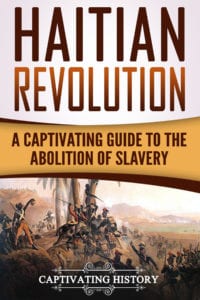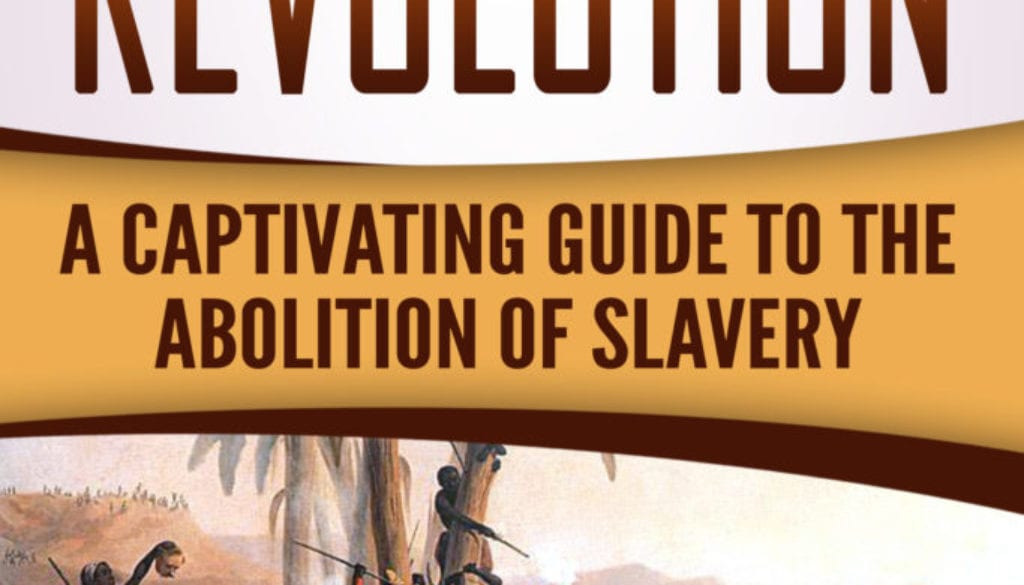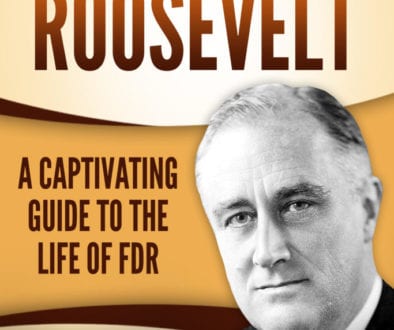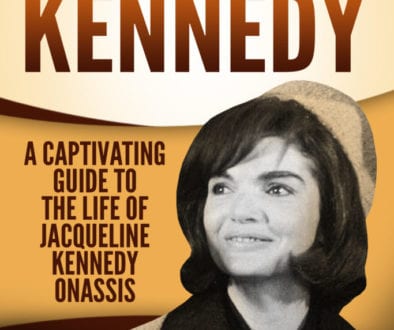The Wealth from Saint-Domingue
Saint-Domingue covered the entire island. Prior to the Treaty of Ryswick that was made in 1697, the island had been a Spanish colony called Hispaniola. Following the treaty, the Spanish recognized France’s claim on the western third of the island. The French had occupied this portion of the island for most of the century, so their system was already established by the time they were considered the rightful owners of the territory. This was part of the reason for the booming success of the territory that came to be known as Saint-Domingue.
Over the next 100 years, the French brought in approximately 800,000 slaves from Africa. The colonists quickly turned to cruel and torturous methods of intimidating their new slaves. As the French turned to increasingly more barbaric methods of controlling their slaves, their slaves became increasingly desperate for change. Most of the 18th century saw small revolts and conspiracies that sought to establish small pockets of freedom. These failed largely because the slaves were not as organized as the slave holders.
As colonists felt they had adequate control over their slaves, they were able to turn the fertile lands into a highly profitable colony for France. Before the Slave Rebellion of 1791, the French colony of Saint-Domingue shared the status of top sugar exporter in the world with Jamaica. As a result of the increasing prosperity and potential of the small island, the capital was moved to the port tow Port-au-Prince on the western side of the island. This allowed for a better flow of transportation and slaves to and from the island.
While sugar was the top export from most of the Caribbean islands, Saint-Domingue was also a source of other high-value exports, particularly coffee and cotton. The rich soil and generally favorable environment for growing crops made it ideal for growing a wide range of products that were difficult to grow on other continents.
However, the agricultural boom had several detrimental factors that helped set up a society that could not be perpetuated. The high demand for labor to retain the status as a jewel among colonies was done on the backs of countless slaves. As one of the most profitable colonies, and certainly the most profitable of the French colonies, the idea of freeing the slaves was not something that the monarchy would consider.
The cruelty and refusal to recognize the humanity of the slaves coupled with the extreme imbalance in the slave-to-colonist ratio resulted in King Louis the XIV becoming so distressed by the savage abuse of the slaves that he enacted the Code Noir in 1685. The code was meant to keep slave owners from the worst kinds of violence that had started to become prevalent at the time. Even though the slaves were considered property, Louis XIV did not see the brutality of the colonists as being justified, or morally acceptable.
Despite the Code Noir, slave owners felt justified that their actions were vindicated by the potential threat of a slave rebellion. Over the next 100 years, their violent treatment of the slaves only grew worse.
Guillaume Raynal was one of the most vocal about the inevitability of an uprising because of the inhumane cruelty of the colonists. As one of the most revered French Enlightenment philosophers of his time, Raynal understood that the slaves were humans who would only endure so much before they would reach a breaking point. He issued a prophetic warning more than ten years before the famous French Declaration of the Rights of Man and of the Citizen: “The Africans only want a chief, sufficiently courageous, to lead them on to vengeance and slaughter.” While the French were able to see their own oppression under the French monarchy, they could not extend the same ideology to the slaves that they oppressed and abused. The only part of Raynal’s warning that the colonists heeded was the threat of the unified slaves. Instead of modifying their behaviors for the better, the slave masters became crueler, seeking to break the spirits of their slaves. Instead of creating the desired abject fear of their masters, this increased brutality created a greater sense of resolve and rebellion within the slaves.
As Raynal predicted, the slaves would rebel. However, the irony behind the rebellion was that it was triggered by the French Revolution. The ideals and espoused beliefs of the French Revolution resonated with the slaves, but it was the brutality of the oppressed French population under the monarchy that seems to have inspired the slaves into creating a strategic rebellion.
Want to know more about this slave rebellion?

Now you can get the book for free on Amazon by clicking here.


